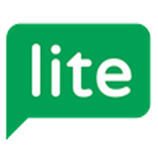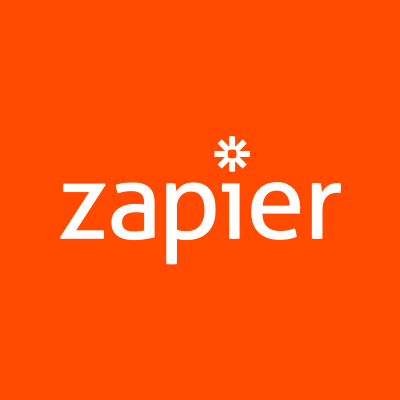How I Started A $10K/Month Subscription-Based Copywriting Service
Note: This business is no longer running. It was started in 2022 and ended in 2023. Reason for closure: Acquired.
Hello! Who are you and what business did you start?
Hey hey! My name is Milly Barker-DeStefano and I am the founder of heylexi, a productized service offering publish-ready copy and content on a flexible and scalable monthly subscription.
I’ve been a part-time freelance writer since I was 14 years old (one of my first clients back then was eBay, believe it or not!) and after experiencing the frustrations and aggravations of hiring freelance writers for my projects, I decided to take a closer look at how businesses acquire their copy and content.
What I found was a pretty horrendous process (more on that later), so I set about to create something better.
My resulting flagship service is heylexi Standard, which gives you unlimited copy and content requests, unlimited revisions and rewrites, unlimited team members, a 48-hour turnaround Monday-Friday, an SEO package (primary keyword, slug, SEO title, meta description, featured image alt text) with every blog post, premium stock images, and editing and proofreading. That service runs at $2,999 p/m if you’re paying monthly (or $2,499 p/m if paying annually).
For a little extra ($3,999 p/m paid monthly or $3,499 p/m paid annually),...

Download the report and join our email newsletter packed with business ideas and money-making opportunities, backed by real-life case studies.

Download the report and join our email newsletter packed with business ideas and money-making opportunities, backed by real-life case studies.

Download the report and join our email newsletter packed with business ideas and money-making opportunities, backed by real-life case studies.

Download the report and join our email newsletter packed with business ideas and money-making opportunities, backed by real-life case studies.

Download the report and join our email newsletter packed with business ideas and money-making opportunities, backed by real-life case studies.

Download the report and join our email newsletter packed with business ideas and money-making opportunities, backed by real-life case studies.

Download the report and join our email newsletter packed with business ideas and money-making opportunities, backed by real-life case studies.

Download the report and join our email newsletter packed with business ideas and money-making opportunities, backed by real-life case studies.






























